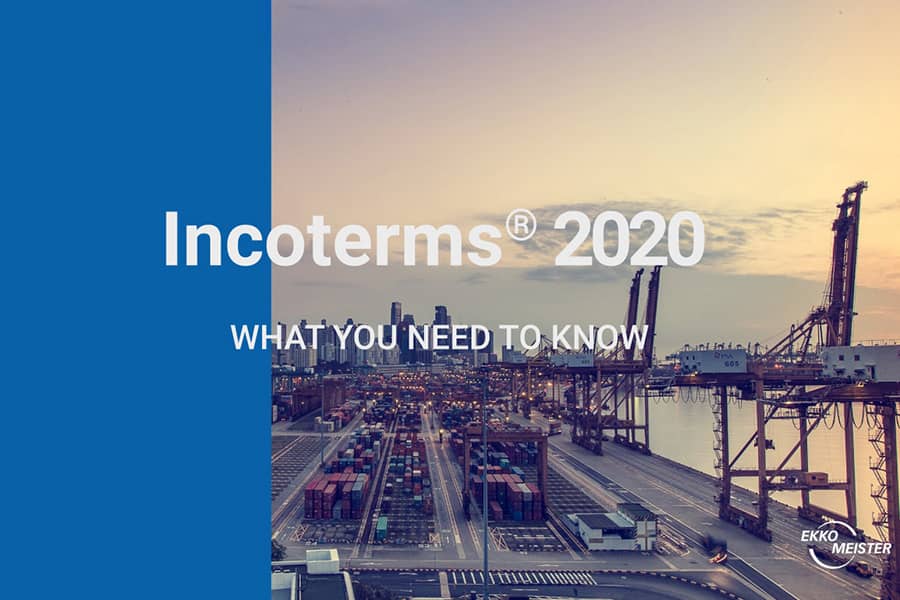Incoterms® 2020: What you need to know
Incoterms® are a set of standards created by the International Chamber of Commerce in 1936 companies use for the delivery of goods. In recent years, they have been revised every 10 years, such as in 1990, 2000, 2010, and now in 2020.
It’s been 6 weeks since the Incoterms® 2020 revision came into effect.
The International Chamber of Commerce (ICC) knows how important it is that companies choose the most appropriate Incoterm® for their contracts.
So the main focus was to adapt the Incoterms® to current business practices and global trade trends while also making them more user-friendly.
Discover the list below to find out what the main changes are and how they may affect you.
What are the key changes?
FCA (Free Carrier) and Bill of Lading with on-board notation
When goods are sold FCA for carriage by sea, the buyer and the seller can agree that the buyer instructs the carrier to provide an on-board Bill of Lading to the seller after the goods have been loaded.
This on-board Bill of Lading is required in letter of credit transactions. It allows the seller to get paid by the bank since it proves that he fulfilled his duty.
Different levels of insurance coverage in CIF and CIP
According to Incoterms CIF/CIP, the seller has to take out transport insurance in favor of the buyer.
For CIP (Carriage Insurance Paid To), the default insurance coverage now is all-risk (Clause A).
For CIF (Cost, Insurance and Freight) in maritime trades, the minimum coverage (Clause C) remains.
However, both parties may agree to take out insurance which offers either higher or reduced coverage.
DAT (Delivered at Terminal) becomes DPU
The DAT clause changed to DPU (Delivered at Place Unloaded).
Delivered at Terminal tended to cause a bit of confusion. This change has made it clear that the shipment can be delivered at any place of destination – not just at terminals.
Costs and safety requirements
The principal aim is to clearly state the costs and safety requirements for each party. This avoids surprises or back charges.
Costs are now consistently listed in sections A9 (seller’s obligations) and B9 (buyer’s obligations) of each rule. This provides a full list of expected costs at a glance.
Various safety-related requirements have been added to A4 and A7 of each Incoterms rule.
Use of own transport
Buyers or sellers now have the possibility to employ their own means of transport, without a third-party carrier. This revision takes into account that for some commercial trade transactions, sellers or buyers use their own vehicle to transport the goods.
The seller can either use any of the D rules and for the buyer, FCA applies.
Is there an obligation to use Incoterms® 2020?
No. Incoterms® 2010 can still be used.
Make sure you specify which version of Incoterms® applies.
In conclusion
The design is more user-friendly with more detailed explanatory content, better diagrams, and a better structure to limit any confusion.
This helps companies to fully understand the costs, risks, and responsibilities associated with each Incoterms® rule and choose the appropriate one.
Happy shipping!
PS: We also made a quick video you can watch below



Leave A Comment